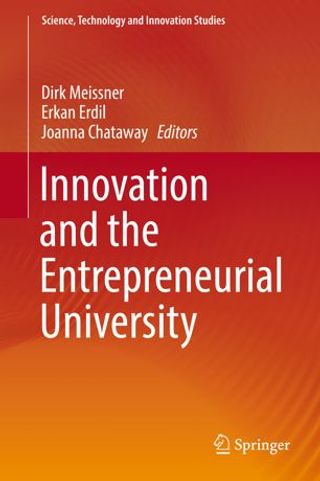?
Innovation Ecosystems and Universities
During the last decades the number of universities extending their initial education and teaching missions towards the triple helix and knowledge triangle paradigms, e.g. knowledge and technology transfer and innovation has increased substantially. In line with this evolution the term ‘entrepreneurial university’ became increasingly popular however until recently there is hardly a common understanding of ‘entrepreneurial universities’. The main perception of ‘entrepreneurial universities’ rests with a visible and measurable contribution of universities to innovation and entrepreneurship in a broader sense. Although this perception is plausible and convincing it raises many open questions which mainly point to university governance models. The innovation and entrepreneurial university paradigm requires a holistic view on university governance approaches which include the full set of universities missions and respective management routines. In this respect it’s of utmost importance that universities keep a “healthy balance” between their missions. This statement is frequently used in many instances yet thus far there is no clear indication what a “healthy balance” implies. The chapter provides first indications about entrepreneurial university governance and respective management approaches.
